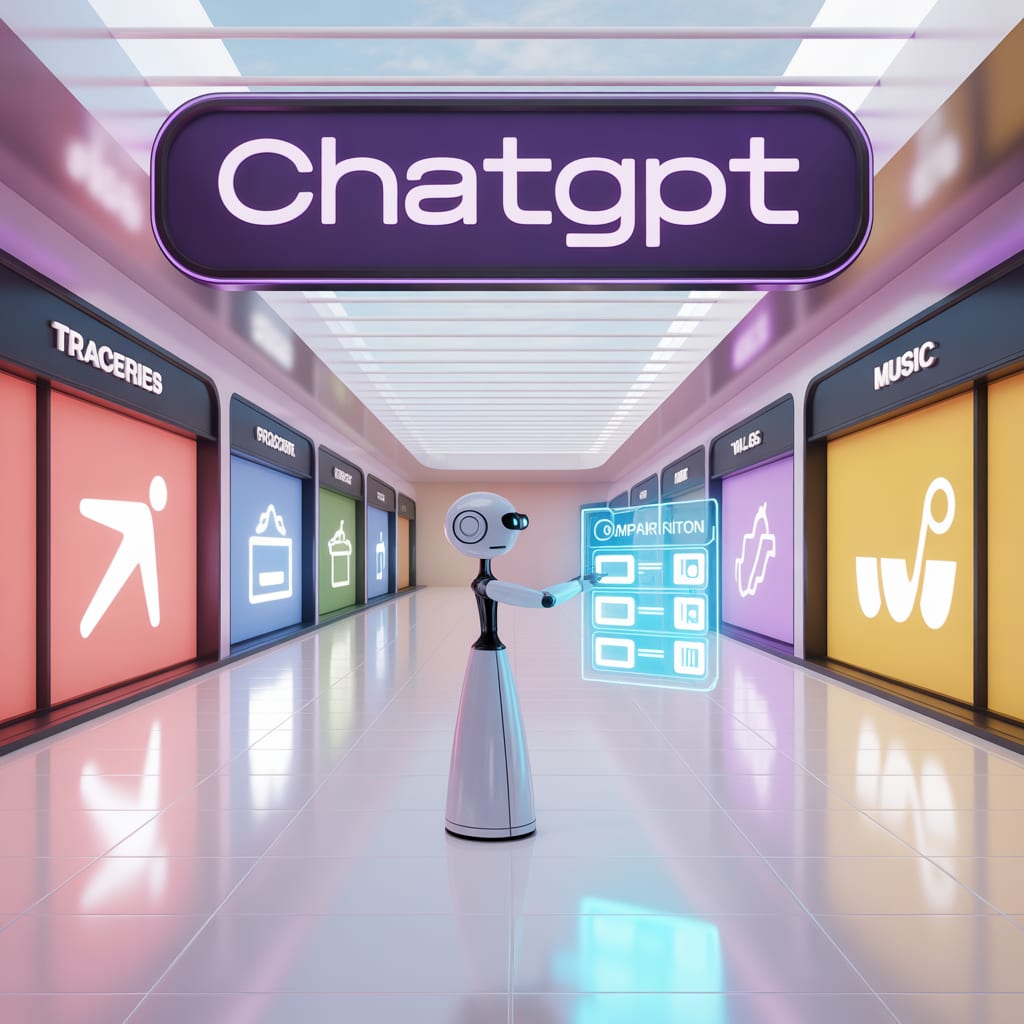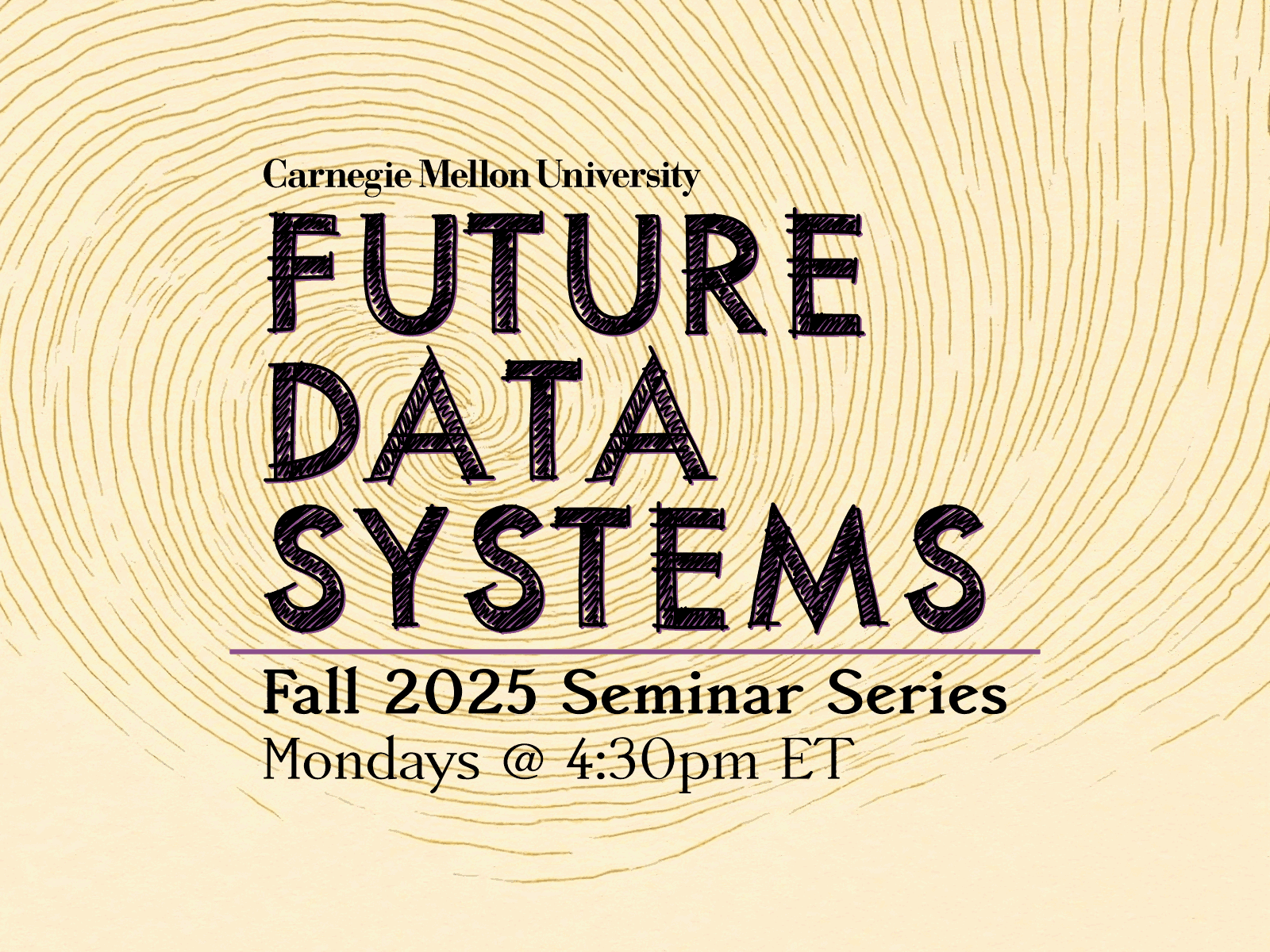About a month ago, we wrote about the difference between model applications and model inference and how the release of GPT-5 was a key step away from a focus on pure inference and towards vertical integration into ChatGPT. That turned out to be more relevant in the near-term than we expected — OpenAI’s DevDay announcements and its ChatGPT shopping feature have solidified that direction in a way that we find fascinating.
For the record, we don’t think moving towards being a consumer company is better or worse than being an enterprise company. Being a consumer company doesn’t make OpenAI’s models any less good, and we’re avid users of ChatGPT on a personal basis, so consumer innovations are exciting to see. The reason we’re interested in this is that it wasn’t the direction we expected even a year ago. With fine-tuning APIs and the breadth of models available, OpenAI seemed naturally oriented towards developers, whereas Anthropic’s limited model focus and advancements on individual UX (projects, document integration, etc.) made it more end-user oriented. That seems to have flipped on its head in the last year.
What was perhaps most telling at DevDay was that the headline features were obviously consumer-oriented. Apps in ChatGPT are the clearest example of this: You can now ask ChatGPT to interact with consume products like Booking.com, Expedia, Spotify, Zillow, etc. — other popular products like DoorDash, Instacart, and Uber are coming soon. This was the natural follow-on to last week’s announcement that you can buy products directly within ChatGPT.
Early on, there seems to be some exclusivity, but eventually, you can very easily imagine asking ChatGPT to compare prices across Uber, Lyft, and Waymo or to find you the best deal for a 3-star hotel in London regardless of which service is offering it. (There’s an interesting question about how this affects brand loyalty.) That will save us all an enormous amount of time and will replace things that we all already do manually. Vendors might even bake in different interactions (e.g., cheaper prices) to account for this type of interaction. One natural endpoint of this is that ChatGPT makes every consumer dramatically more sophisticated — an agent can do all the research and give you a clear tradeoff across cost, quality, and time for each decision. Most of us rely on simple heuristics — “I trust Amazon reviews,” or “This brand fit last time.” — in the absence of better data. With an agent doing the work for us, brand loyalty might be replaced by the “optimal” decision in many cases.
This seems like a much more natural mode of workflow automation than the browser use features that never really seemed to have taken off over the last years. It’s also different than the theoretical “Book me a flight to New York.” use case: You still need to give ChatGPT precise guidance on how to proceed, but it can then do the tedious button-pressing equivalent work. You get all of the information you need, and you can make a final judgment call quickly. As a vendor, you want to be in the ecosystem, or you risk being left out altogether.
AgentKit was one of the more interesting announcements from this week, and we’re not totally yet sure what to make of it. Ostensibly, it’s competing against all of the (many!) agent builder startups out there, but the focus on the UI also makes it seem like it’s more focused on higher-level business workflow automation. It almost seems like it’s trying to be Zapier-but-with-LLMs (which already exists — it’s called Zapier!).
Because of the breadth of the audience that OpenAI has, they’re going after the least common denominator, so they’re not as focused on the same things as the agent SDK products — they don’t have support for complex memory management, nuanced control flow, etc. Perhaps that’s coming down the road, but whether that’s a priority or not is not immediately clear — and plenty of comparatively simple agent building tools like Relevance AI have seen tons of success.
While this might seem like a nitpicky difference, that level of control determines when you’re oriented towards prosumers and non-technical business users or whether you’re targeting developers. (It was, after all, Dev Day!) If the answer is prosumers, we could also see AgentBuilder being useful for individuals. We all do tedious things regularly that would be nice to automate: classifying monthly expenses, reorganizing meetings to have larger chunks of focus time, etc. This is perhaps more of a prosumer or an enterprise-oriented PLG set of use cases, but it doesn’t seem to be truly developer-oriented as it’s currently constituted.
With all that said, OpenAI still released 4 new models (Sora 2, GPT-5 Pro, gpt-realtime-mini, and gpt-image-1-mini) in the API, and they also released updates to Codex including a Slack integration and an SDK. In other words, OpenAI’s trying to be everything to everyone, and while that might seem like a little bit of a quixotic effort — even for OpenAI — we think it might be a rational approach.
It’s clear that Cursor and Claude have the advantage in coding, and that gap between open-weight models and GPT is steadily decreasing, but in the same way that Google used to regularly launch products and then quietly sunset them (GPT App Store, anyone?), OpenAI seems to be making a large number of bets in parallel. Given how early it is — and how little we know about where the boundaries actually are in this market — this is likely the right approach to take. They have earned the credibility — and the capital — to launch a bunch of experiments, some of which might fail. (TBPN made this same point earlier this week.) Throw spaghetti at the wall and see what sticks.
While the event this week was called Dev Day, it is very clear that the focus has shifted. In 2023, the headline was GPT-4 Turbo and the Assistants API. In 2024, the headlines were a realtime voice API, prompt caching, and vision fine-tuning. These were all features that were unabashedly oriented towards application builders. The message was clear — OpenAI wanted you to build complex, multimodal AI applications on top of the state-of-the-art frontier models that they were building.
The message from this week is significantly more muddled. It’s still called Dev Day, but it’s now oriented towards… who exactly? Partially still towards applications builders — new API models are always nice — but partially towards prosumers and partially towards potential partners who want to integrate into their consumer ecosystem.
It might be a little premature to confidently declare that they’re a consumer company, but all signs are pointing in that direction. The consumer-oriented features they’re releasing are quite cool — it’s not hard to imagine how all of these things are going to be very useful in our day-to-day. But if their focus continues to be on the consumer side, it’s not tough to imagine the competition figuring out a way to pry real application developers away from them soon — whether that’s because of cost, performance, ergonomics, or all the above remains to be seen.
.png)





